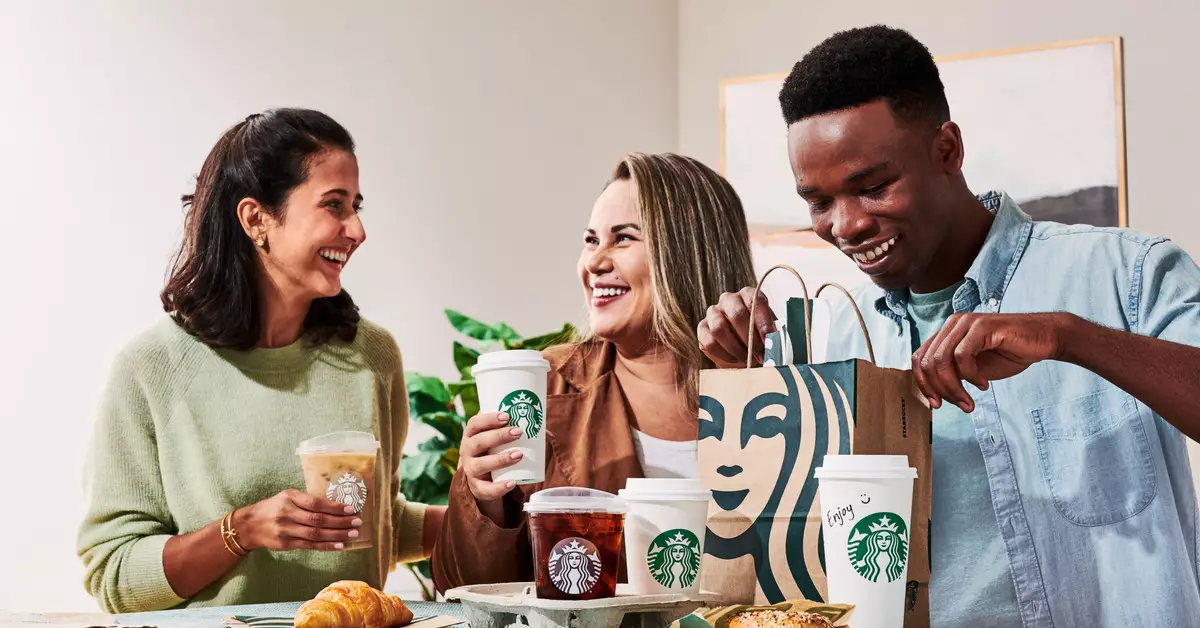Starbucks has made a significant leap in its service offerings by integrating delivery options directly into its app, a move initially facilitated through a collaboration with DoorDash. Following a successful trial period where delivery was exclusively available via the DoorDash app, Starbucks has now enabled customers to seamlessly switch between in-store pickup and home delivery. This enhancement promises to provide a more efficient coffee purchasing experience, particularly for those who prefer to enjoy their favorite brews without leaving home.
However, consumers should be prepared for some financial surprises. While the prospect of having a freshly brewed coffee delivered to your doorstep offers undeniable convenience, it comes with a hefty price tag. The structure of delivery fees can significantly inflate the final cost of a seemingly simple order. For instance, a basic 12-ounce peppermint mocha that typically retails for around $6.55 can quickly escalate to an eye-watering $19.23 when factoring in delivery and service fees. This steep increase raises questions about the perceived value of convenience versus cost, ultimately leading to a critical examination of whether such services genuinely serve the consumer’s best interests.
When exploring the cost framework, it is essential to consider the various fees associated with the delivery service. A standard delivery incurs a base fee of $1.99, with additional charges including a $2.00 small order fee for those whose total falls below $10. Furthermore, a 15% service charge adds to the bill, reflecting DoorDash’s handling of logistics. In areas like Seattle, an additional fee of $4.99 underscores the growing trend of companies passing on increased operational costs to customers. To top it all off, tipping is typically expected, further driving up the total.
In essence, consumers are left to ponder whether the elevated costs of delivery bring them any greater value or simply serve to benefit the companies involved. In many cases, it may be more prudent to brew a cup of coffee at home rather than opt for the expensive delivery option.
Moreover, the launch of in-app delivery options reflects a shift in consumer expectations regarding flexibility and convenience. People are increasingly seeking experiences that align with their fast-paced lifestyles, and the coffee industry is no exception. However, as Starbucks realigns its offerings to meet this demand, there is a growing trend towards re-evaluating what constitutes value among customers. For those who regularly enjoy coffee breaks at the office or home, accessing coffee through an app may seem enticing, but the reality of steep delivery fees raises the question: How much are we willing to pay for this convenience?
Ultimately, Starbucks’ innovations in delivery services represent a broader evolution in consumer culture, pushing us to think about coffee purchasing habits and the balance between convenience and cost. As this delivery model becomes more commonplace, customers must discern the true value of their coffee indulgences.

